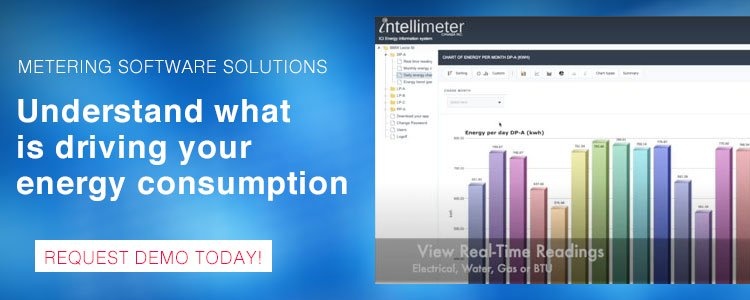AMR stands for Automatic Meter Reading and refers to the technology that utility providers use to automatically collect water, gas, or energy consumption and diagnostic data from meters for the purpose of billing, analysis, and troubleshooting.
With the ability to conduct meter readings remotely, utility providers save time and money on making regular trips to physical locations and avoid costly reading mistakes. AMR readings are in real-time and can help consumers better monitor and control their consumption.
AMR systems can have the existing meters hardwired or use wireless meters.
Landline Phone Connections
AMR systems can leverage telephone modem technology in both hardwire and wireless metering systems.
Typically, automated software is used to dial into the modem each day to retrieve accumulated data. There are also AMR modem applications where the metering data collection unit uses a modem to phone out during preset times or predetermined accumulation levels. Phone lines can also be used with other applications for communicating data, with the option to use shared phone lines after or before office hours so as not to interfere with business operations.
This method is one of the oldest, and while proven to be reliable, is rapidly becoming obsolete.
Local Area Network (LAN)
Meters can communicate over LAN using a building or site’s existing computer network, making this an economical method for everyone mostly because every building has a LAN. LAN’s minimize wiring, installation expenses, and allow meters and networks to be linked together. Leveraging the LAN solution also means sharing and viewing data in real-time. Communication typically makes use of open protocols such as TCP/IP. The data obtained through submeters can be used to implement demand-side energy management programs, identify load shedding, and other cost-cutting measures that can really impact the facility's bottom line. The downside of cybersecurity risks can be mitigated by limiting access to the Data Collection Unit or gateway, particularly with transferring data over potentially vulnerable networks.
On-Site Building Automation System (BAS)
If the infrastructure has an existing Building Automation System (BAS), the site can use the same network to create communication paths for the metering system. With this method, the metering system functions as another hub on the system that communicates with the central host computer. BAS offers a more complete load management strategy that includes other systems in the building in addition to the meters. However, BAS systems may come with higher initial costs and IT is required to support server/software.
Radio Frequency/Wireless Networks.
Wireless networks or radio frequency (RF) offers some of the lowest installation costs and minimal disruption compared to wired AMR technologies. Using RF for AMR means leveraging wireless transmitters and receivers to communicate data. RF for AMR also has constraints, starting with distances and construction materials that may minimize or block RF signals. One more reason the engineer must carefully evaluate the savings in wire compared to the risks of data loss on the wireless option. The easy solution to fix weak RF signals is to use frequency repeaters, however, these also increase the cost.
Whenever automating meter reading, it is important to start with a comprehensive view of the objective, and consideration for any future potential changes. Not everything that glitters is gold.


